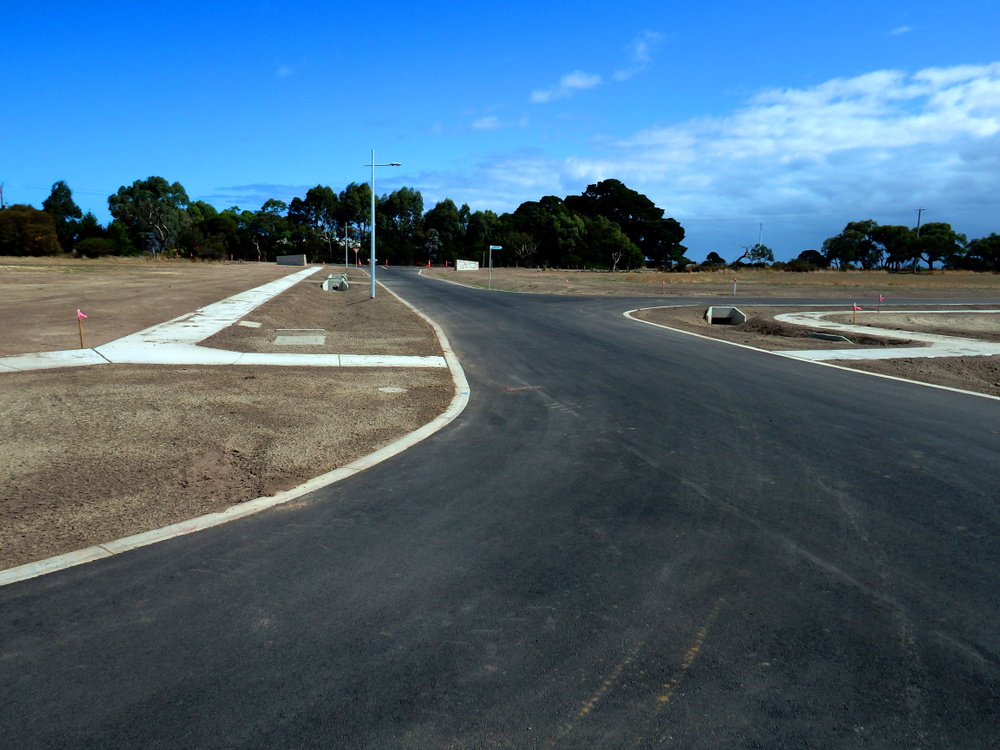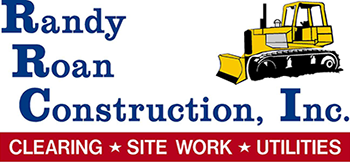
For developers eyeing opportunities in Montgomery, TX, the transformation of raw land into a market-ready subdivision isn’t just about vision—it’s about strategy, precision, and timing. The heat of the Texas summer may slow some things down, but it’s the prime season for accelerating land development efforts. Whether you’re tackling a first-time build or managing multiple subdivision projects, a structured approach to summer site prep can make or break timelines and profit margins. In this blog, we present the essential summer subdivision prep checklist tailored for Montgomery developers, packed with insights on site readiness, permitting, and infrastructure groundwork.
Understanding the Local Landscape in Montgomery, TX
Before diving into grading or trenching, successful developers take the time to grasp the distinct regulatory and environmental characteristics of Montgomery County. This part of Texas offers a mixture of rural openness and suburban growth—ideal for subdivisions. But with rapid growth comes more oversight. Montgomery County’s development regulations continue to evolve as demand for new housing rises, particularly in areas near Lake Conroe and The Woodlands.
Developers must familiarize themselves with the latest zoning ordinances, setback rules, and environmental protection requirements. Summer brings dry soil and longer workdays, which are advantageous for subdivision site work. However, it also triggers heightened activity among inspectors and permitting agencies, making timing and communication critical.
Additionally, the area’s diverse terrain—from forested plots to low-lying wetland-adjacent tracts—demands site-specific strategies. Ignoring these characteristics can derail a subdivision project before the first stake is in the ground. Therefore, early-stage assessments are the backbone of any subdivision prep checklist, laying the foundation for efficient, compliant development.
Clearing, Surveying, and Soil Testing: First Steps Toward Readiness
The earliest phase of any subdivision prep begins with the physical transformation of the land itself. For developers in Montgomery, this step goes beyond just clearing trees. It includes identifying utility easements, marking floodplains, and testing soil for both environmental stability and suitability for construction.
Clearing raw land during summer helps reduce stormwater runoff complications—especially when dealing with Montgomery’s unpredictable fall rains. It’s also the optimal time for conducting geotechnical soil tests and verifying the composition for compaction and drainage. These test results not only inform the engineering plans but also affect future home construction timelines and buyer satisfaction.
Simultaneously, precise surveying is essential. Topographic maps, boundary staking, and subdivision platting must be completed early to support planning and design. Local engineering firms often have backlogs during summer, so engaging them early and often is crucial. When combined with GIS data and drone mapping, modern surveying enhances your ability to plan for efficient road layouts, lot sizes, and utility placements.
Infrastructure, Drainage, and Utilities: Coordinating the Core Systems
Subdivision site work in Montgomery, TX hinges on well-orchestrated infrastructure development. Once clearing and grading are underway, the focus shifts to ensuring that roads, water, sewer, electrical, and stormwater systems are properly designed and ready for installation.
One of the biggest challenges for land development in Montgomery is drainage. With clay-heavy soils and flat terrains in many areas, managing stormwater becomes critical. Failing to prepare adequate retention ponds or swales can lead to water pooling and failed inspections. As such, this item must top every summer subdivision prep checklist. Developers must coordinate with local MUDs (Municipal Utility Districts) and drainage districts to ensure compliance and gain approval.
Utility coordination is another complex aspect of how to prepare land for a subdivision in Montgomery, TX. Developers must work with providers like Entergy, CenterPoint Energy, and regional water and sewer districts to schedule trenching and line installations. Summer is a high-demand season for utility providers, and delays can occur if requests are not submitted months in advance. Being proactive—aligning utility plans with the construction calendar—is key to avoiding costly downtime.
Additionally, roadwork begins in this stage. Designing access points, cul-de-sacs, sidewalks, and street lighting layouts is essential, and they must meet Montgomery County standards. Engaging civil engineers and contractors with experience in regional requirements can streamline approvals and reduce the risk of rework.
Permitting, Inspections, and Communication with Authorities
In Montgomery, permitting is not a formality—it’s a linchpin of the entire development process. The Montgomery County Engineer’s Office, Environmental Health Services, and regional planning commissions all play a role in approving subdivision plans. Developers must maintain constant communication and build strong relationships with these authorities.
A major component of the summer subdivision prep checklist is obtaining permits for site development, including stormwater pollution prevention plans (SWPPP), driveway permits, utility tie-ins, and building permits. Since summer often brings a surge in new project filings, developers who get ahead with well-documented applications are more likely to stay on schedule.
Passing inspections is just as critical. County inspectors assess everything from erosion controls and street grading to utility trenching and stormwater mitigation features. Failing an inspection not only causes delays but can also damage your reputation with local officials. Ensure that contractors are familiar with inspection checkpoints and that site managers are present during all inspections to address issues in real-time.
Moreover, if your subdivision is near sensitive ecological zones or wetlands, you may also need to work with the Texas Commission on Environmental Quality (TCEQ) or even the U.S. Army Corps of Engineers. These agencies can introduce additional requirements and review periods, making early engagement necessary.
Final Grading, Marketing, and Construction Staging
As summer progresses and the heavy lifting winds down, developers must focus on finishing touches and the transition to vertical construction. Final grading ensures that lots are smooth, compacted, and ready for slab pours. Drainage systems should be tested, street signs and sidewalks installed, and common areas cleaned up to improve curb appeal for city inspections and buyer previews.
At this stage, developers must also consider construction staging. Subdivision prep isn’t complete until the land is ready to handle the logistics of multiple crews, equipment, and deliveries. That means planning access roads, staging areas for materials, and even temporary fencing or signage to keep future homeowners and workers safe.
Parallel to this, marketing ramps up. Whether your subdivision offers custom-built homes or pre-designed packages, visibility is key. Montgomery’s housing market continues to thrive, especially for suburban buyers looking for value and quality. Emphasizing infrastructure readiness, energy-efficient utilities, and scenic open spaces can differentiate your development.
This is also the time to host builder walk-throughs and open houses for realtors. A site that’s been thoroughly prepared—clean, accessible, and visually impressive—builds confidence among buyers and builder partners alike. Summer provides the best conditions for showcasing your work, so leveraging this window is a strategic advantage.
A Summer Built on Strategy
Transforming undeveloped land into a thriving neighborhood in Montgomery, TX is no small feat. From environmental assessments and platting to infrastructure buildout and final inspections, every phase of development demands forethought and precision. A well-organized subdivision prep checklist is not just helpful—it’s essential.
Summer offers developers longer workdays, optimal soil conditions, and a clear runway to push projects forward before the fall weather and school-year distractions begin. By leveraging these seasonal advantages and following a structured, locally informed approach to subdivision site work, Montgomery developers can ensure smoother timelines, lower risk, and faster returns.
Whether you’re a seasoned builder or a new entrant into the land development scene, understanding how to prepare land for a subdivision in Montgomery, TX involves more than breaking ground. It’s about building relationships, anticipating agency expectations, and engineering with long-term value in mind. With the right summer checklist, your raw land won’t just be ready—it’ll be primed for success.
Need Construction Preparation & Services in Montgomery, TX?
At Randy Roan Construction Inc., we work hard to ensure our quality work is done in a timely manner. We provide services such as land clearings, site utilities, and asphalt paving along with many other services. We guarantee your customer satisfaction with our work here at Randy Roan Construction Inc. So give us a call today!

